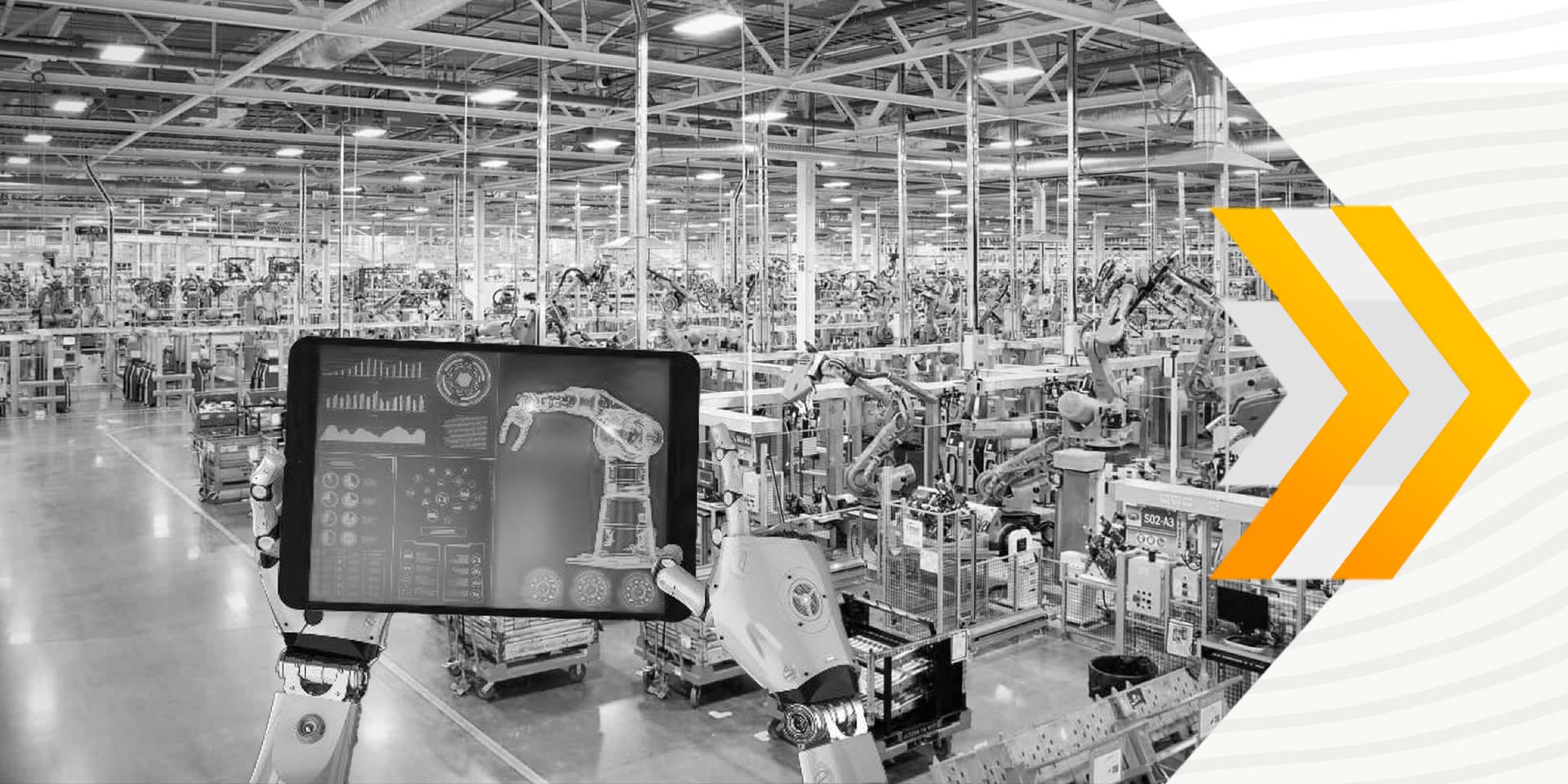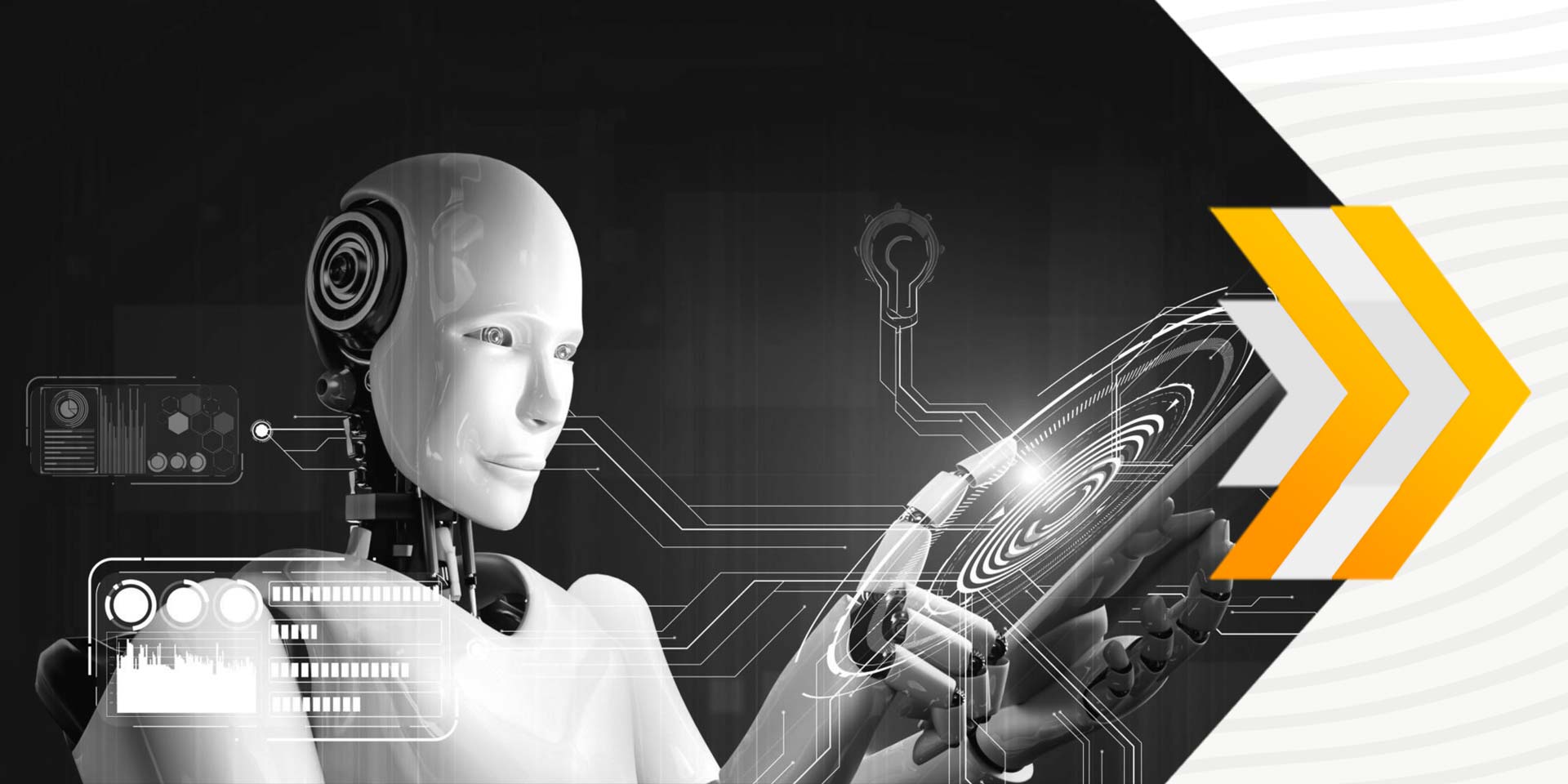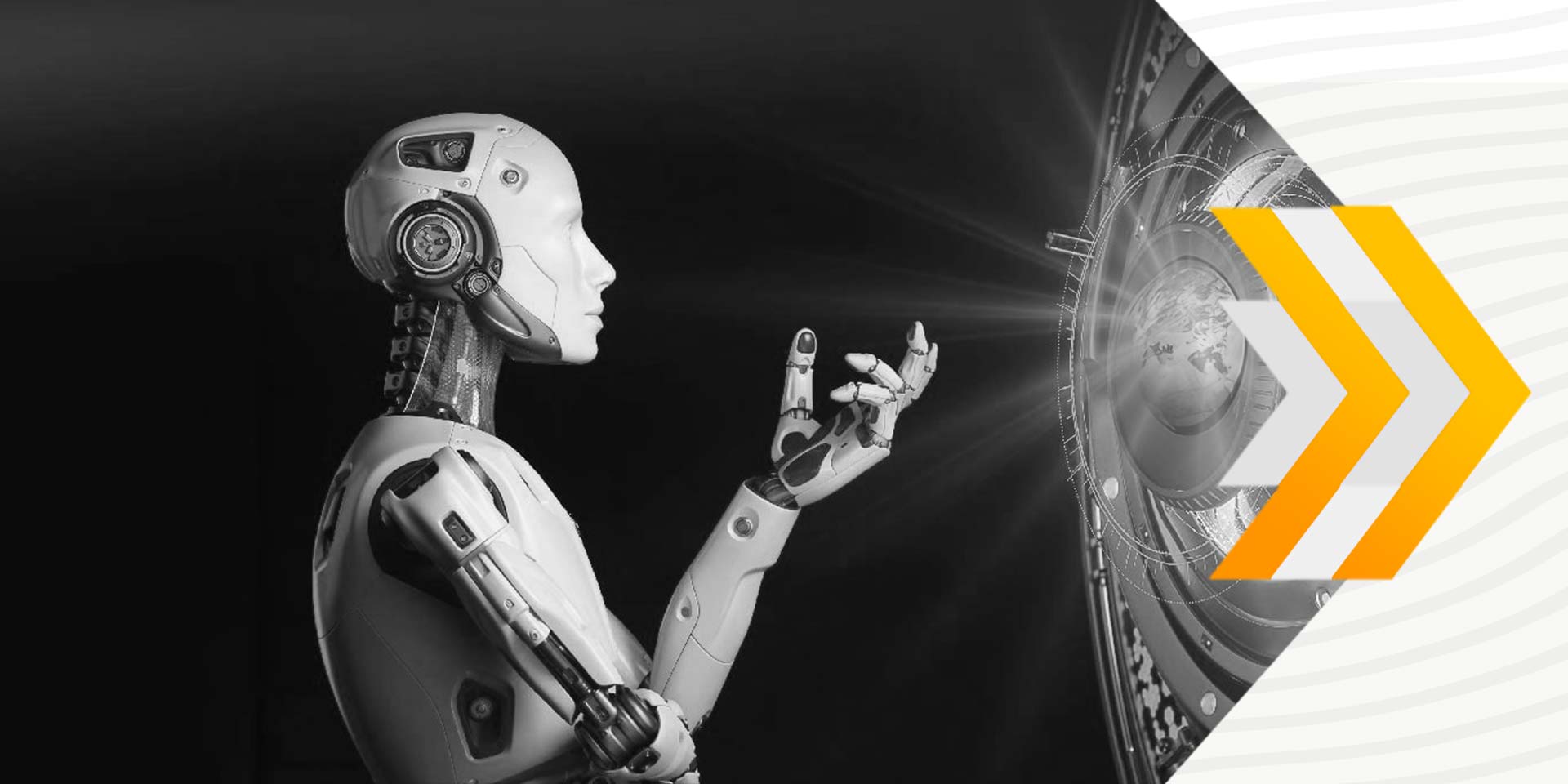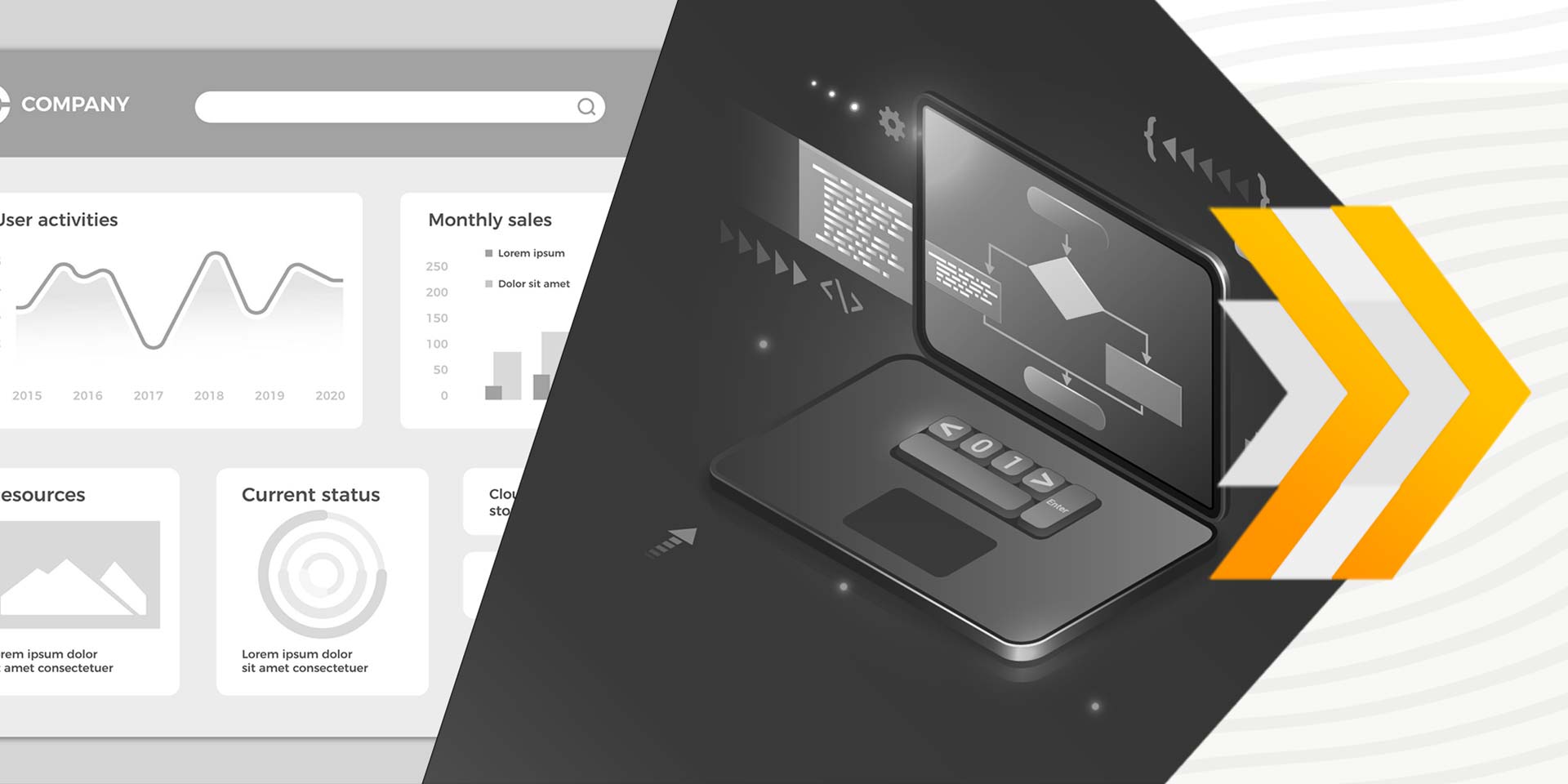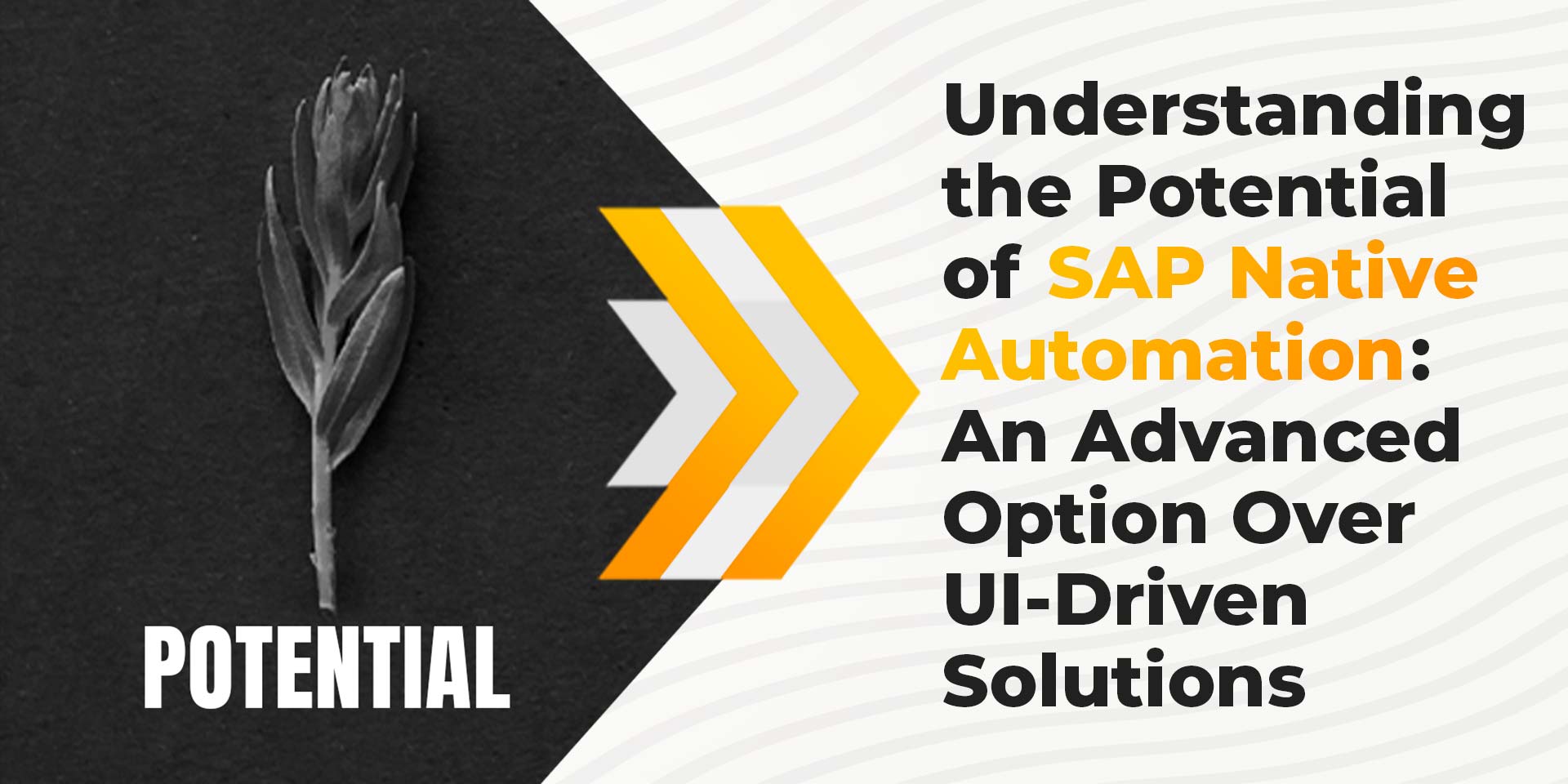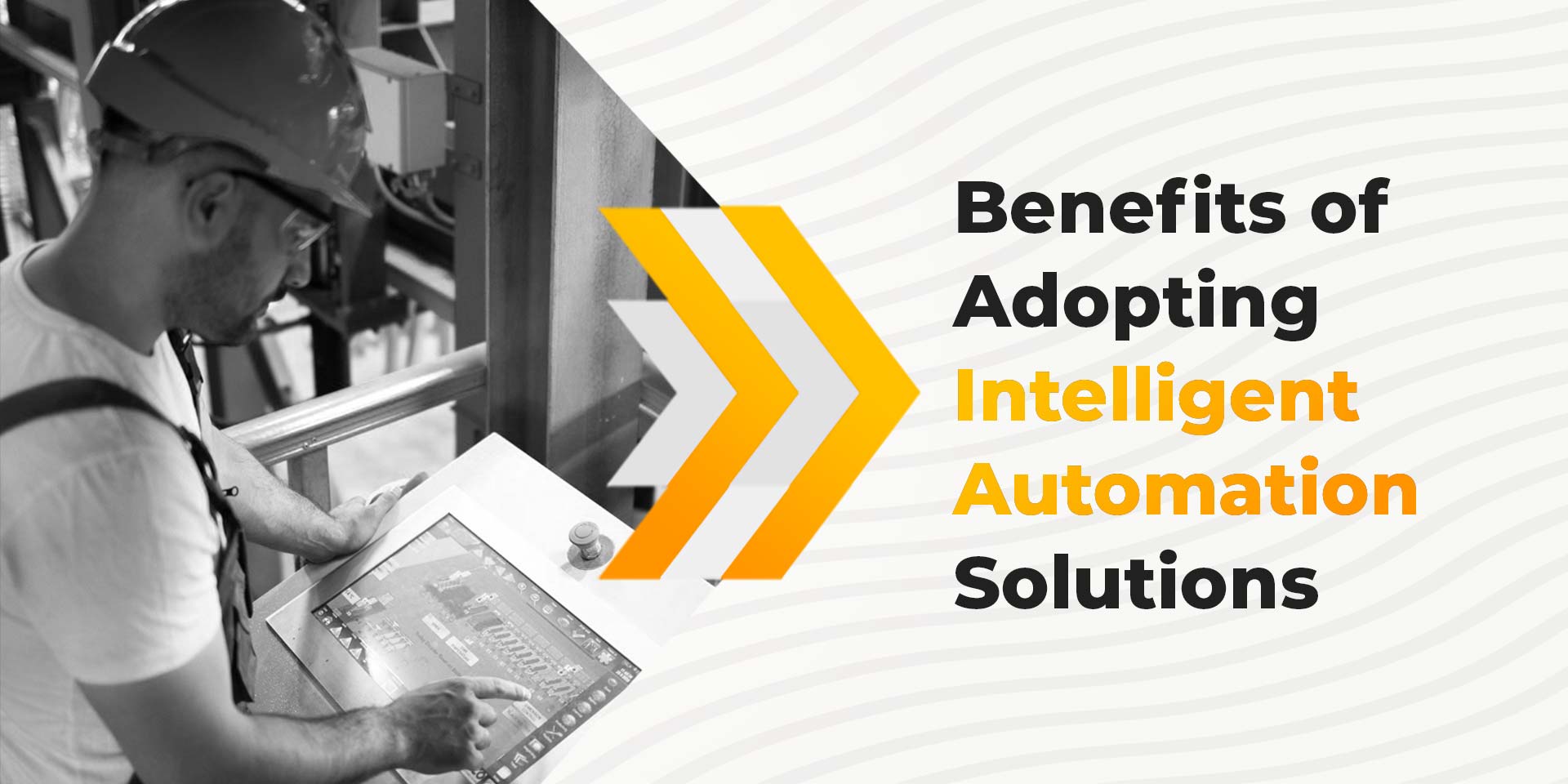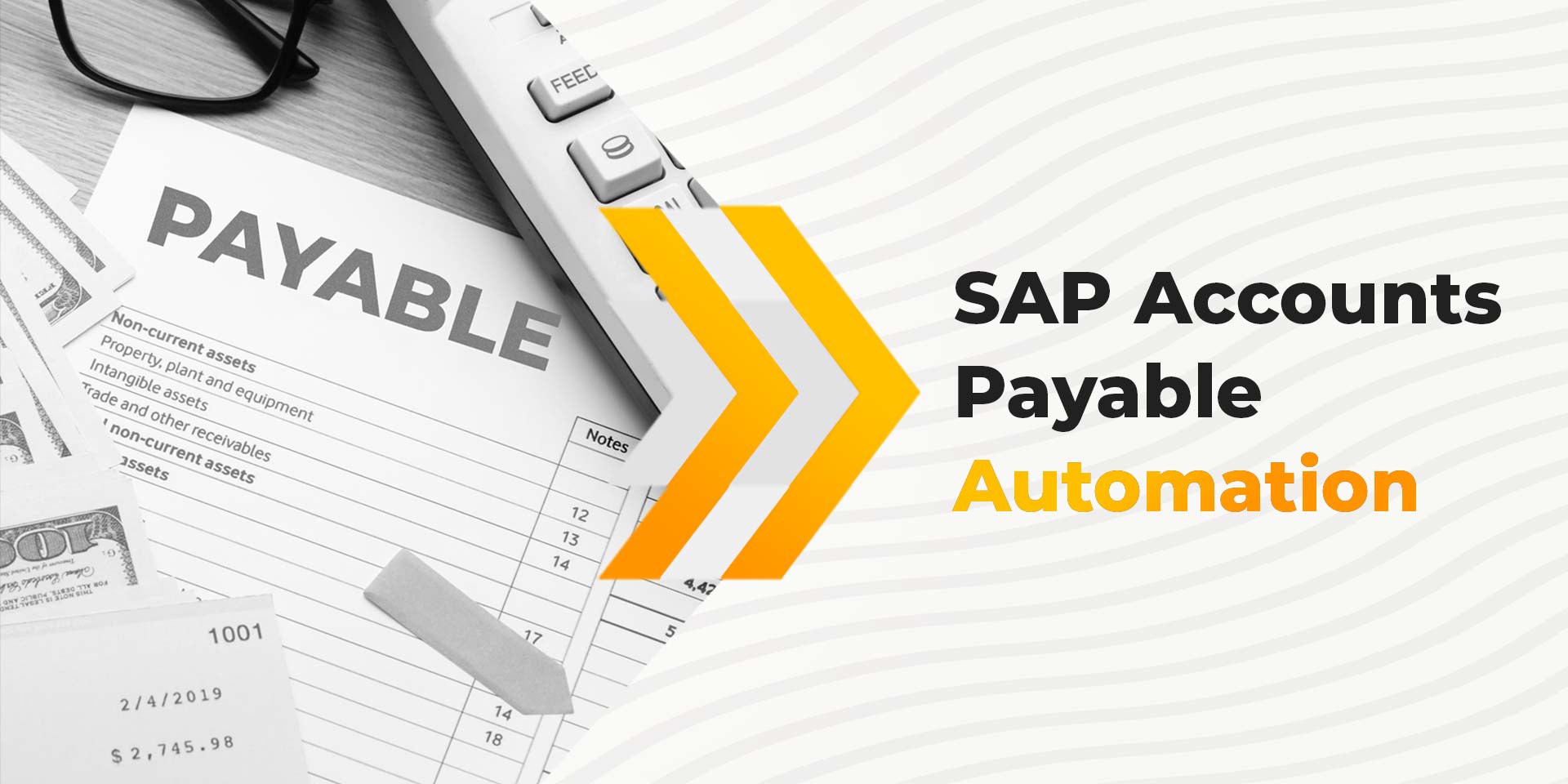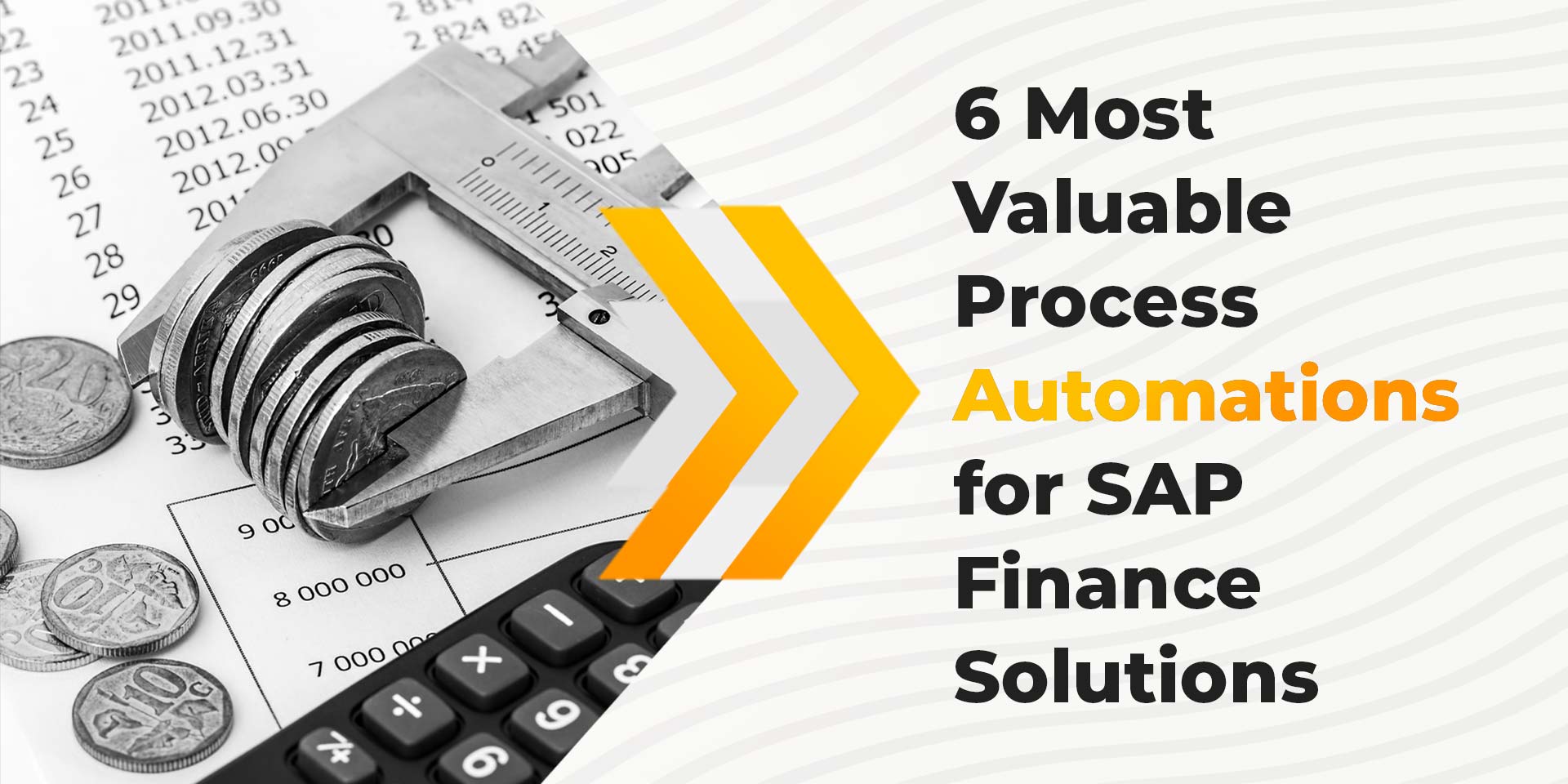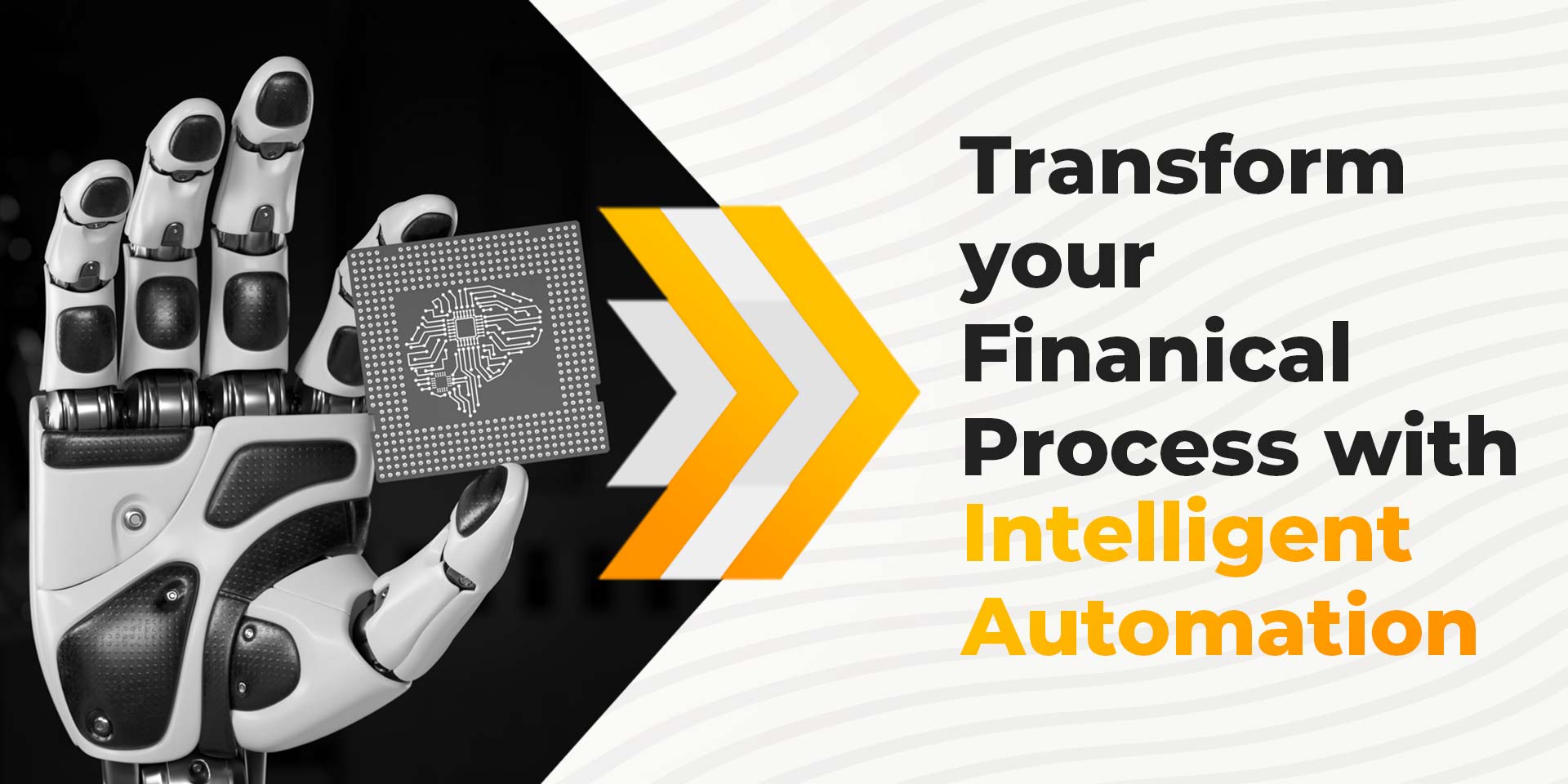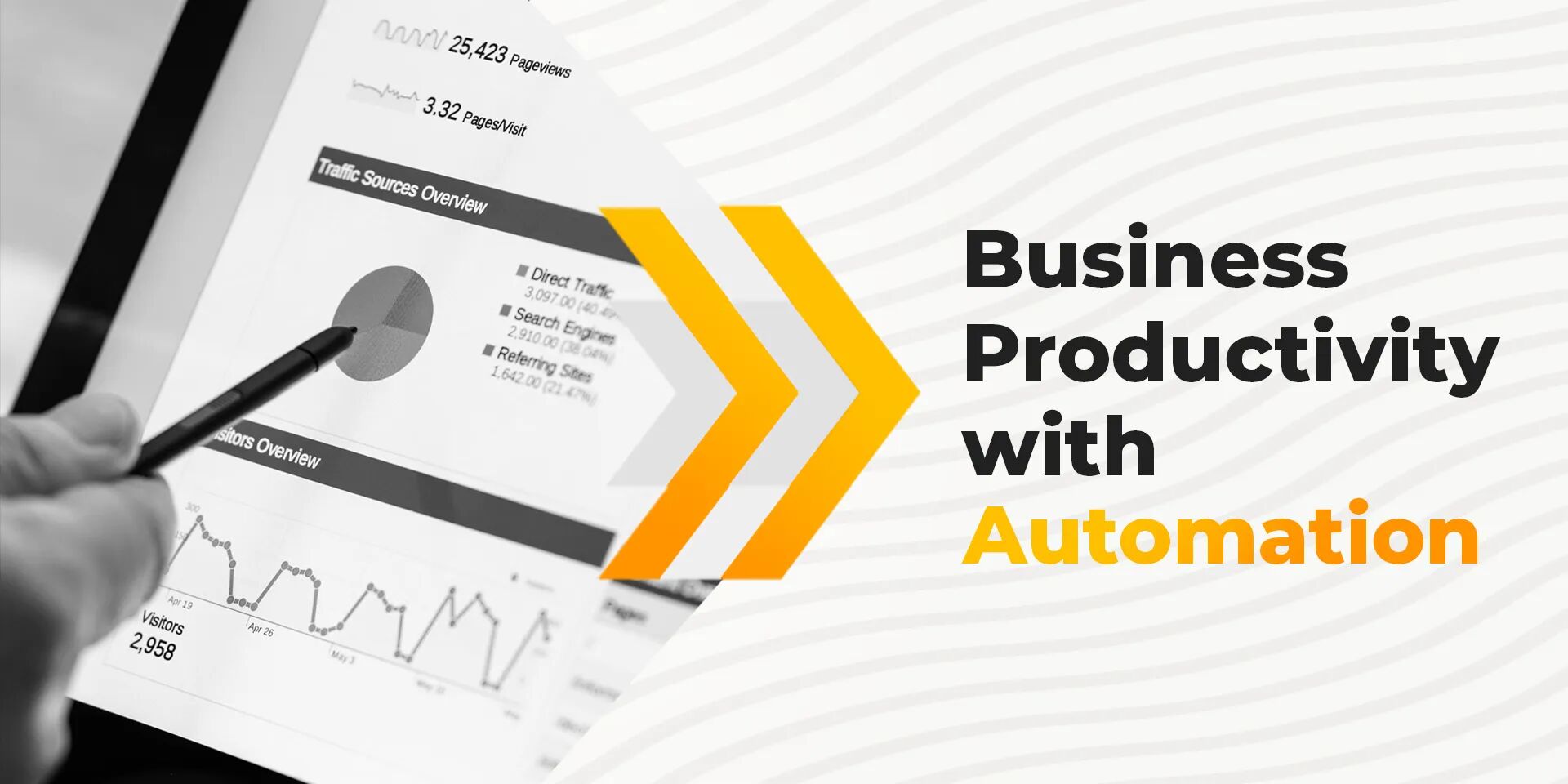Automation
Navigating Hyper-personalization for Enterprise Automation Success


- Table of Contents
- Introduction
- The Rise of Hyper-personalization
- Understanding Hyper-personalization
- Hyper-personalization's Impact on ROI in Multi-Tool Strategies
- Leveraging Hyper-personalization for Business Process Automation
- Conclusion
Introduction
In the ever-evolving landscape of enterprise automation, businesses are constantly seeking ways to stay ahead of the curve and harness the latest trends to maximize efficiency and productivity. Among the key trends shaping the RPA landscape, open-source technologies, artificial intelligence (AI), and machine learning (ML) have taken center stage. However, one aspect that often goes overlooked in the quest for streamlined processes and increased ROI is hyper-personalization. In this blog post, we will explore why hyper-personalization should be a crucial consideration for enterprises adopting automation, how it impacts ROI in multi-tool strategies, and ways to leverage it effectively for business process automation.
The Rise of Hyper-personalization
As businesses increasingly embrace automation to streamline their operations, the need for personalized experiences within these automated processes becomes imperative. Hyper-personalization takes automation a step further by tailoring processes to individual users or specific customer segments. This involves understanding user behaviors, preferences, and needs to create a more personalized and efficient workflow.
While open-source technologies provide flexibility and cost-effectiveness, and AI/ML contribute intelligent decision-making capabilities, hyper-personalization focuses on the end-users themselves. It recognizes that one size does not fit all and seeks to enhance user experience and overall efficiency by catering to individual preferences and facilitating an robust automation ecosystem.
Understanding Hyper-personalization
Hyper-personalization refers to the process of tailoring experiences, products, or services to meet the specific needs and preferences of individual users. In the context of business process automation, hyper-personalization goes beyond traditional automation techniques by incorporating data-driven insights to deliver customized solutions. This approach not only enhances user satisfaction but also improves overall efficiency and productivity.
Amidst the proliferation of automation technologies, hyper-personalization stands out as a key differentiator, enabling enterprises to streamline processes, anticipate user needs, and deliver superior outcomes.
Hyper-personalization's Impact on ROI in Multi-Tool Strategies
In the realm of enterprise automation, adopting multiple tools is an ideal strategy to address diverse business needs. However, integrating these tools seamlessly and ensuring they contribute collectively to a positive return on investment (ROI) can be challenging. This is where hyper-personalization plays a pivotal role.
By tailoring automated processes to the specific needs and preferences of users, hyper-personalization enhances user adoption and satisfaction. When employees find that automation tools align closely with their workflow and individual requirements, the likelihood of successful implementation and sustained usage increases. This, in turn, contributes to faster realization of ROI.
Moreover, hyper-personalization can help identify areas for improvement and optimization within the automation ecosystem. Having a universal orchestrator that integrates multiple tools and provides a unified view of business processes can be valuable. By closely monitoring user interactions and preferences, businesses can refine their automation strategies to ensure that each tool serves its purpose effectively, ultimately maximizing the overall ROI.
Leveraging Hyper-personalization for Business Process Automation
Now that we understand the significance of hyper-personalization, let's delve into practical ways to leverage it for business process automation, especially in scenarios where multiple automation tools are in use.
- User-Centric Design
- Behavior Analytics
- Personalized Workflows
- Integration of AI and ML
- Collaboration Across Tools
- Continuous Feedback Loop
Prioritize user-centric design when implementing automation solutions. Understand the different user roles within the organization and tailor the interfaces and workflows to align with their specific needs. This approach ensures that each user can interact seamlessly with the automation tools relevant to their responsibilities.
Implement robust behavior analytics to gain insights into user interactions with automation tools. By tracking user behavior, businesses can identify patterns, preferences, and pain points. This data-driven approach enables continuous improvement, making the automation ecosystem more responsive to user needs.
Design personalized workflows based on user roles and responsibilities. Consider the diverse tasks each user performs and customize the automation processes accordingly. This not only enhances efficiency but also reduces the learning curve for users, leading to quicker adoption.
Combine hyper-personalization with AI and ML capabilities to create intelligent automation solutions. Use machine learning algorithms to analyze user behavior data and predict future actions. This proactive approach allows automation tools to anticipate user needs and adapt in real-time, contributing to a more seamless and personalized experience.
Facilitate collaboration among multiple automation tools by ensuring they work harmoniously together. Hyper-personalization should not be limited to individual tools but should extend across the entire automation ecosystem. This requires thoughtful integration and interoperability, allowing data to flow seamlessly between tools and creating a unified, personalized experience. Having a center of excellence (CoE) can help manage this integration and ensure maximum efficiency.
Establish a continuous feedback loop with users to gather insights on their experiences with automation tools. Actively seek feedback, address concerns promptly, and iterate on the automation processes based on user input. This iterative approach fosters a culture of continuous improvement and ensures that the automation ecosystem remains aligned with evolving user needs.
Conclusion
In the dynamic landscape of enterprise automation, hyper-personalization emerges as a critical factor in achieving success and realizing ROI, especially in multi-tool strategies. By focusing on user-centric design, leveraging behavior analytics, and creating personalized workflows, businesses can enhance user satisfaction and drive faster adoption of automation solutions.
Furthermore, the integration of AI and ML capabilities, collaboration across RPA tools, and establishing a continuous feedback loop contribute to a holistic approach to hyper-personalization. As businesses navigate the complexities of automation, incorporating hyper-personalization into their strategy will not only optimize user experiences but also unlock the full potential of their automation investments.







